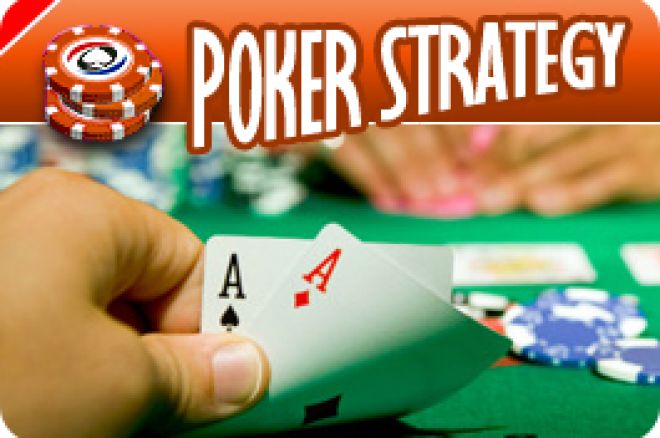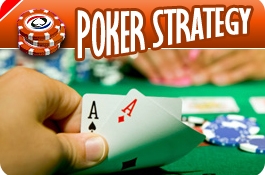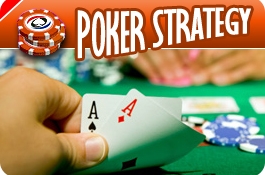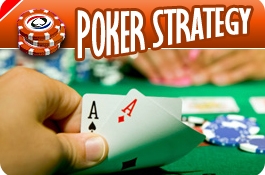Tournament Poker with Jeremiah Smith: Gathering Info and Trusting Your Read

It was the first hand at a brand new table, and I wanted to implant a firm impression in my opponent��s minds that I was a bit of an idiot. This was a basic strategy I was using through the main event and, well, it was working; that first impression would stick just long enough to force them into a critical mistake. With 300 big blinds the potential reward was well worth the small risk. Under the gun, I looked down at the powerhouse K-3 suited.
Naturally, I raised 2.5x, receiving a lone caller on the button. I made a standard half-pot continuation bet on the Q-8-2 flop, intending to show the hand if I won or fold it face up if raised to establish my desired image.
Instead, my opponent quickly called. In this moment, my opponent gave me all the information I need to win this hand. If he had a hand that required some thought��like any pocket pair or a hand with a Q in it��he would have taken the time to consider his options. Instead his quick call indicated one of two things: he was drawing or he was simply floating with the intentions of taking the hand away on a later street. The ��quick call equals a draw�� is a classic tell first outlined in Caro��s Book of Poker Tells.
Initially, I was leaning towards a pure float. If so, I planned on firing a second and third bullet if necessary, representing a big hand. The only real drawing hand he could have here would be J-10 for the gutshot. When the A fell on the turn, it offered the perfect opportunity to both define my opponent��s hand and continue telling a story with mine. If he was floating with anything other than an A, a second bullet here would win the pot. If he did have an A, my bet should make him pause to consider his options. If I was wrong and he did call with a hand like 7-7, a bet here should win me the pot (in which case I would proudly display the K-3).
Instead, I received another quick call. Normally, I don��t recommend putting an opponent on a specific hand. Instead, you need to think about a range of hands that he could possibly have, then calculate your equity versus each. However, in this instance, the speed at which he acted told me everything I needed to know; he was indeed drawing with J-10. In his mind, he picked up additional outs with a double-gutshot, and if he hit I would likely pay him off since I likely had a big hand. The river was another innocuous deuce.
Here��s where the critical part of making this read comes into play��you have to trust it enough to go with it. At this point, my K-high is really no different than A-Q; both are good versus the hand I put him on. With that in mind, how would you maximize value versus a drawing opponent with A-Q? You would check and let him bluff. The safe route is to bet and let your opponent fold his hand��but what fun would that be?
Truthfully, I was hoping for a check-behind. Instead, he instantly pushed a substantial bet towards the middle of the table. I decided to do a little stalling so I could gather some more information about this opponent. Specifically, what did he look like when bluffing? Did he have any obvious tells? I started talking through the hand, and finally told him I had him on J-10 suited the entire way. I made the call and my read was correct (now, instead of establishing an idiot image, the table didn��t know what to think).
Remember, my point isn��t that you should go looking for ridiculous spots to make hero calls. Instead, once you have enough information, make your decision, formulate a plan to extract maximum value, and go with it. Don��t get cold feet and back down. Will you be wrong sometimes? Of course. But, by following through, you��ll start getting it right more frequently as you gain confidence. In next week��s article, I��m going to describe a poker hand against this same opponent where I went with my read but it ended with entirely different results.








